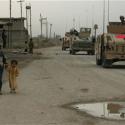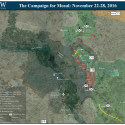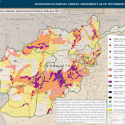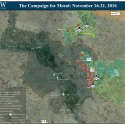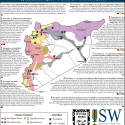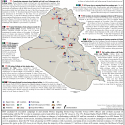Putin Sets the Stage for the Incoming U.S. Administration
Nov 30, 2016 - Kathleen WeinbergerRussian President Vladimir Putin has kept international attention riveted on Russian operations in Syria while escalating military deployments and political operations across Europe, the Middle East, and Asia. Putin’s global strategy relies on creating the impression that a U.S. challenge to Russian expansion would be met with a conventional military or even nuclear Russian response. Putin aims to present the incoming administration with the false dichotomy of partnering with Russia and allowing Putin to operate with impunity or going to war.



